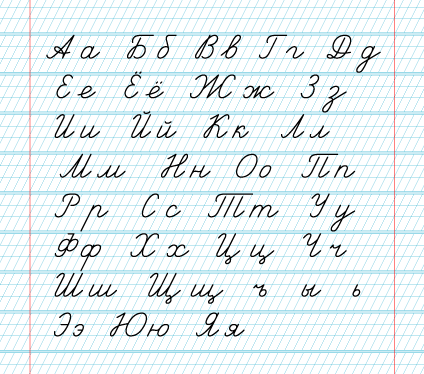Shablon Kosaya Linejka Dlya Propisej
- 2 Comments!

Sources This article is based on secondary unreferenced research. Most of the bibliographical material available is written in Polish, Russian and Belarusian, languages in which I am not proficient. Please feel welcome to contact if you wish to correct or augment the information. 1 - Emesh Shoah - Darkness and Desolation, In Memory of the Communities of Braslaw, Dubene, Jaisi, Jod, Kislowszczizna, Okmienic, Opsa, Plusy, Rimszan, Slobodka, Zamosz, Zaracz; 1986; eds. Machnes Ariel, Klinov, Rina; Ghetto Fighters House.
Species of insect. This page was last edited on 10 November 2018, at 01:25. All structured data from the main, property and lexeme namespaces is available under the. S t dupont lighter value.
(Hebrew with English and Yiddish summary). 2 - Slobodka.
Pinkas Hakehilot: Poland, Vol.8 - Vilna, Bialystok and Nowogrodek Districts. Shmuel Spector. Jerusalem Pp. 490-492 (Hebrew). 3 - The Internet sites linked throughout the text.

The Jewish Community of Slobodka Slobodka was organised as a sub-community of Braslav of around 40 families (200 people) in the mid twenties. Prayer was conducted initially in private houses, but later moved to a small synagogue building that burnt in a fire prior to WWII.
The Gabai at that time was Shmuel-Hillel Berkman, but no permanent Rabbi officiated. To supplement religious study a Beth Midrash was established, though without a local Rabbi, Rabbi Shabbat Romshyniat of nearby shtetl of Drujsk would visit Slobodka to give lessons. With no local Jewish school, the children attended the Polish government school and received additional lessons in the Cheder that was located in the synagogue. The tutor was invariably a Yeshiva Bocher from a nearby institution who would be fed by the community, a common feature of life in the smaller shtetls. A few learnt outside Slobodka, such as the Folkshul and the Yavne school in Braslav. The Jews of Slobodka were orthodox but also were strongly influenced by the Zionist movement. Some belonged to the HeChalutz movement and in the late twenties a small branch of Betar was founded.
Emigration to the west was, as in all the towns of Eastern Europe, a feature of life with members of the community moving to North America and to South Africa. Vityanutij shrift meaning. The quiet life of Slobodka would be violently bought to an end with the arrival of the Germans in June of 1941.
Like many other of the smaller towns, the Jews of Slobodka would find themselves shifted around. Some to Braslav, others to the ghettos in Vidzy and then on to Sweiciany. This ghetto was liquidated in April 1943 at the mass execution site at Ponar, near Vilna. The story of Slobodka during the holocaust can be read. The First World War and its Aftermath During WWI the residents of Slobodka were mobilized for forced labour by the Germans and the economic crises heavily affected shtetl life. In the interim between the German retreat and the consequent Polish annexation the Jews were attacked by Polish militia and local gangs that claimed Slobodka.
After Polish rule was instituted life returned to normal. Being close to the Polish-Latvian-Lithuanian border, an elite brigade of the Polish Border Protection Corps ( Korpus Ochrony Pogranicza) was stationed in barracks built in the centre of Slobodka from 1926. A good side income for the people of shtetl was made by providing goods and services for KOP and by renting of rooms to the Polish army officers. Being a village, tradesmen traveled to the eight kilometers to Drujsk and to Braslav as there was no local market.